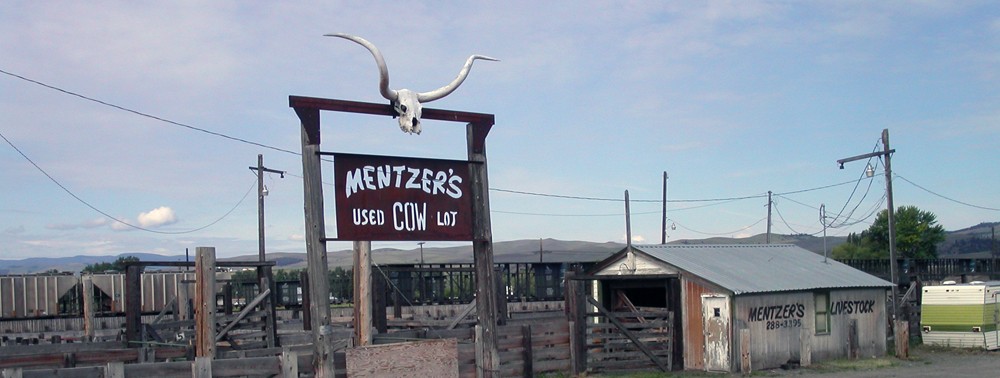Since last spring I’ve been asking public officials, neighborhood leaders, longtime residents, and strangers in the street where to find sites associated with African American history in downtown Silver Spring, Maryland. The answers I received were pretty much the same: there aren’t any.
The closest I came to getting an answer that didn’t include suggestions for nearby Lyttonsville or Sandy Spring came from Montgomery County Planning Department director Gwen Wright. She suggested a site near the D.C. line where a historical marker commemorates the arrest of William Chaplin who in 1850 was accused of spiriting slaves out of Washington to freedom. “Not many others that are popping into my mind,” Wright, who led the county’s historic preservation office for 20 years between 1987 and 2007 [PDF], wrote in an August email.

Historical marker, Jesup Blair Park, Silver Spring, Maryland. County planning director Gwen Wright said that this marker commemorating an 1850 event was the only site within downtown Silver Spring that she knew was associated with African American history.
As I wrote in an earlier post, Silver Spring developed as a sundown suburb — a place where African Americans could not buy property or rent apartments and homes — for most of the 20th century. Contrary to the comments I got during my informal queries about where to find African American heritage sites in downtown Silver Spring, I have identified

Silver Spring Heritage Trail Marker, Georgia Ave., Silver Spring, Md.
about 20 sites — buildings, spaces, and objects — that tell a cohesive story about African Americans in Silver Spring during the 20th century. I will be discussing those sites in my walking tour October 22.
The tour and these articles are the first steps in what I hope will be a community conversation about how history and historic preservation are produced in our community. It’s an important conversation because for too long, Silver Spring’s historical narratives — with a few notable exceptions — have ignored African Americans altogether or minimized and marginalized these members of our community. These omissions have spilled over into public policy decisions that range from urban planning initiatives to the designation and protection of historic places in our community.
My latest article, Silver Spring, Maryland, Has Whitewashed its Past, has just been published by the History News Network. I hope that my neighbors and community leaders don’t read it as an indictment of how we have failed to recognize and include the African Americans who helped build our community and make it successful; my wish is that we use the article and the tour as an opportunity to move forward by producing history and historic preservation that celebrates our entire community, not just the wealthy white men who currently dominate the narratives and landscape.
© 2016 D.S. Rotenstein
Like this:
Like Loading...


 In 1968, Congress held hearings on the violence that erupted after Dr. Martin Luther King Jr.’s April assassination. Testimony by Rufus “Catfish” Mayfield exposed how fraught the U.S. Census is with regard to communities of color. Mayfield’s candid testimony about how some of Washington’s African American residents responded when the census taker knocked on the door is worth considering as the current U.S. President plays political games with the 2020 Census.
In 1968, Congress held hearings on the violence that erupted after Dr. Martin Luther King Jr.’s April assassination. Testimony by Rufus “Catfish” Mayfield exposed how fraught the U.S. Census is with regard to communities of color. Mayfield’s candid testimony about how some of Washington’s African American residents responded when the census taker knocked on the door is worth considering as the current U.S. President plays political games with the 2020 Census.






